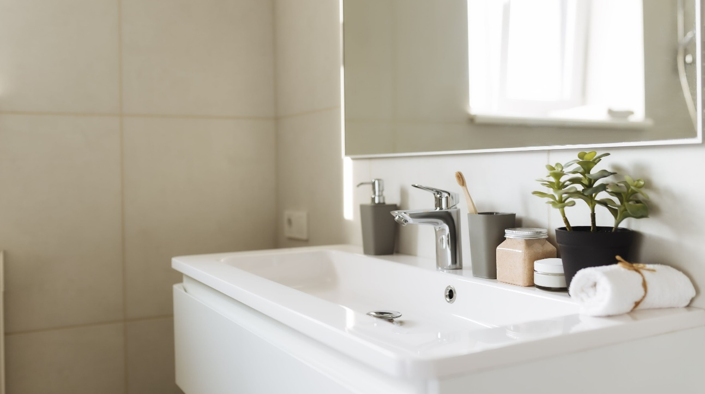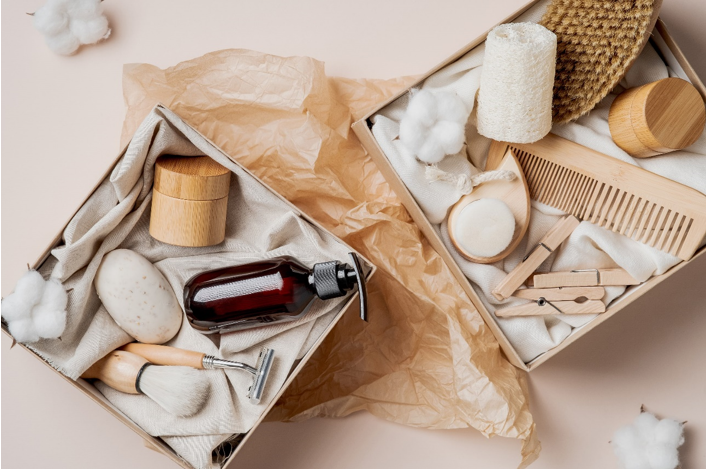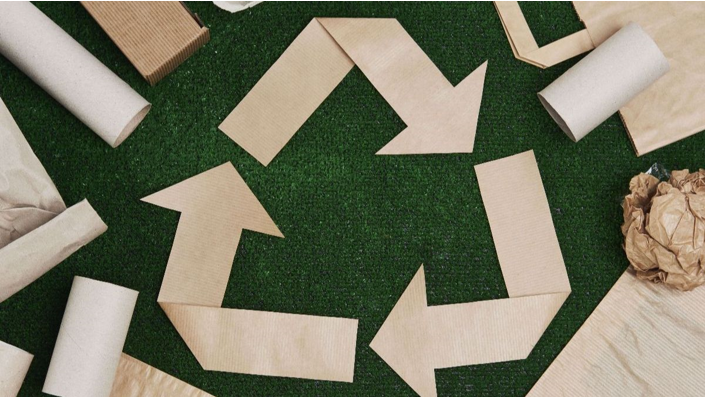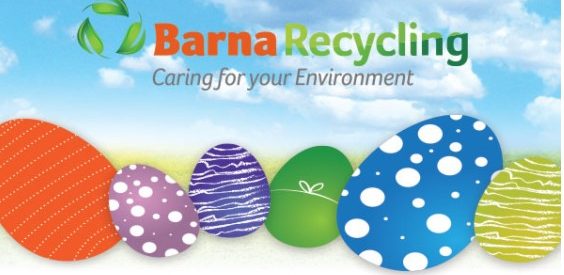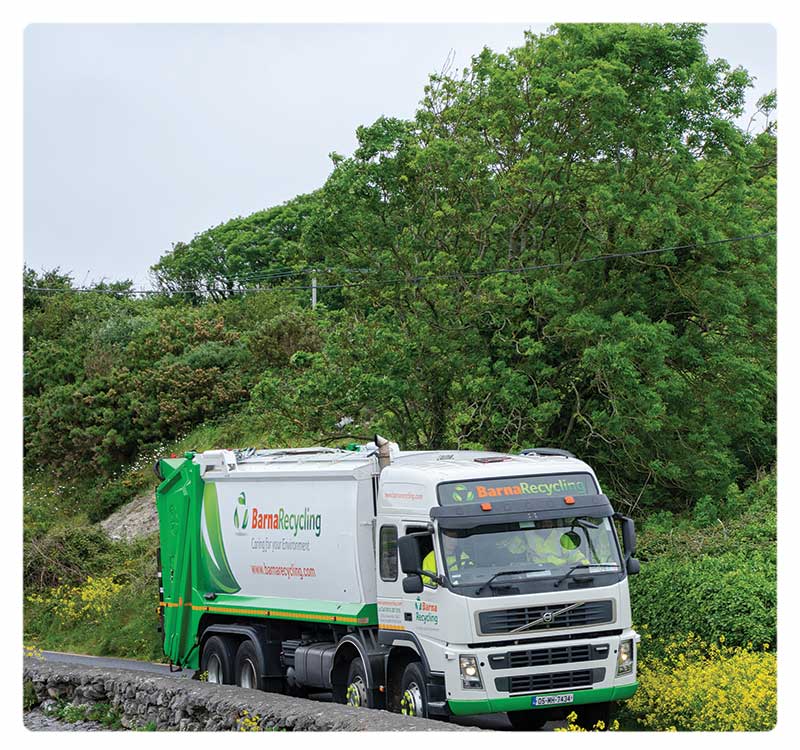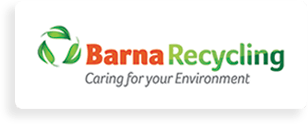- Ims Marketing
- Sep 16, 2022
- household waste, Recycling Tips, waste disposal
How To Reduce Household Waste Disposal In Your Bathroom
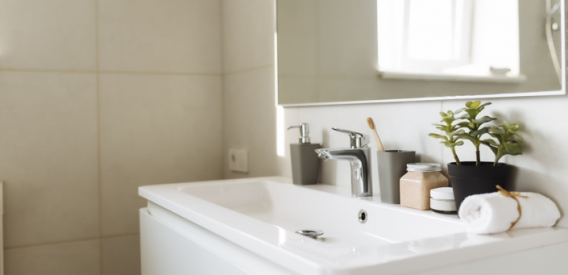
When it comes to reducing household waste disposal, we find that bathroom waste often gets overlooked. However, we all use toiletries, personal care items and bathroom cleaners daily, which makes our bathroom packed with recyclables!
If you take a minute to examine your personal care, beauty, and general hygiene routine, you might be surprised to find that often there is more waste in your bathroom than anywhere else in the house! From shampoo bottles, shower gels, soap packaging, disposable razors to bathroom cleaners and toilet rolls, the list is endless. And most importantly, you need to know how and where to dispose of your waste correctly.
Below we have outlined some handy tips and techniques for creating a low-waste, eco-friendly bathroom and reducing household waste disposal.
Start Reducing Your Household Waste Disposal By Decluttering & Reorganising
Firstly, I am sure you will agree with us when we say the fewer products you have in your bathroom, the less waste you will produce. So, here is how to start reducing your household waste disposal:
- Occasionally, dedicate time to reorganise and rearrange all your cosmetics, toiletries, and personal care items, to know what you need and use regularly and keep them easy to reach.
- Dispose of the items that you do not need and the ones that have expired
Shopping Smart Is Key For Reducing Household Waste Disposal
Many cosmetics, toiletries, and even toothpaste tubes often come with excessive plastic packaging and cardboard boxes, including those that say are eco-friendly products! Try to avoid purchasing these products if you wish to reduce your household waste disposal.
- Opt for products that come with sustainable, biodegradable, or compostable packaging materials, corrugated bubble wrap, biodegradable foam beads and more.
- With boxes or bubble wrap, it is always a good idea to reuse them where possible.
Use Biodegradable Products
- Looking to reduce your household waste disposal of plastic? Instead of tossing out used plastic combs or brushes, make the switch to a biodegradable bamboo or wooden toothbrush/hairbrush. You can find wooden and bamboo combs and brushes that are all natural, biodegradable, and very stylish!
- Switch to using soap bars and shampoo bars to eliminate the use of plastic bottles completely, dramatically reducing household waste disposal of plastic. This is way more eco-friendly and cheaper when compared to liquid soap, shampoos and shower gels that come in plastic containers and non-recyclable plastic pumps.
- When it comes to makeup or skincare, it is quite common to use up cotton pads per day and throw them after use. Instead, switch to using washable cotton makeup removal pads, which can be washed along with your regular laundry. Several make-up brands, in fact, reward you for recycling their old products which might be worth looking into.
- To create more impact, look for organic, palm oil-free soaps made from natural ingredients without any animal testing and comes with compostable packaging.
Know What You Can Recycle In Your Bathroom And Dramatically Reduce Household Waste Disposal
Are you looking for ways to reduce household waste? The good news is that a LOT of your bathroom waste items can in fact be recycled. Here is a list of that can (and should) be recycled from the bathroom:
- Shampoo, conditioner & shower gel Bottles
- Toilet roll tubes
- Hand soap bottles (reuse or remove the pump dispenser as you cannot recycle it)
- Cardboard boxes, e.g., toothpaste or soapboxes
- Bathroom cleaner and bleach bottles
- Deodorant lids
Note: Items like nappies, toilet rolls, wipes, and cotton wool CANNOT be recycled and would have to be disposed of in the general waste bin (black Barna bin)
All items being recycled must be clean, dry, and loose. So be sure to rinse out any bottles and containers before popping them in the recycling bin. You can also check What Goes in My Blue Bin if you are unsure of items that you can recycle.

